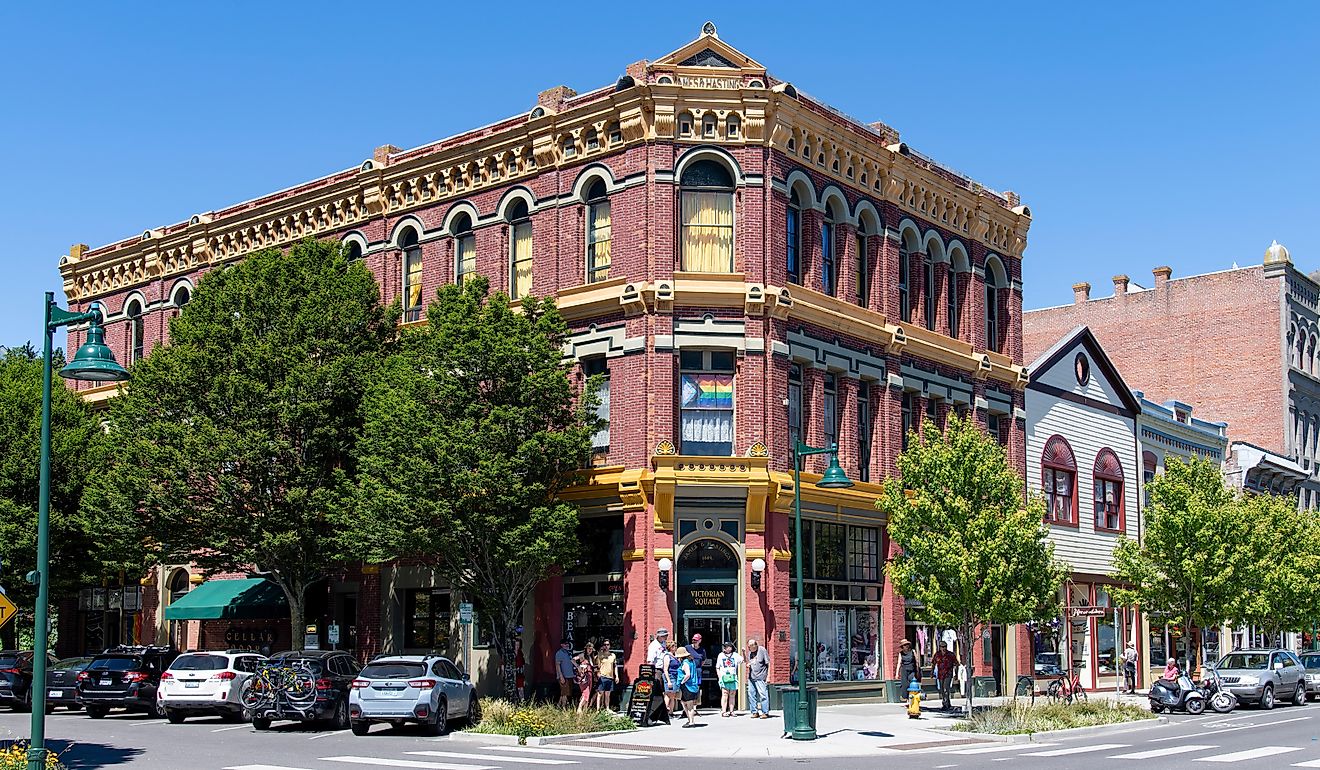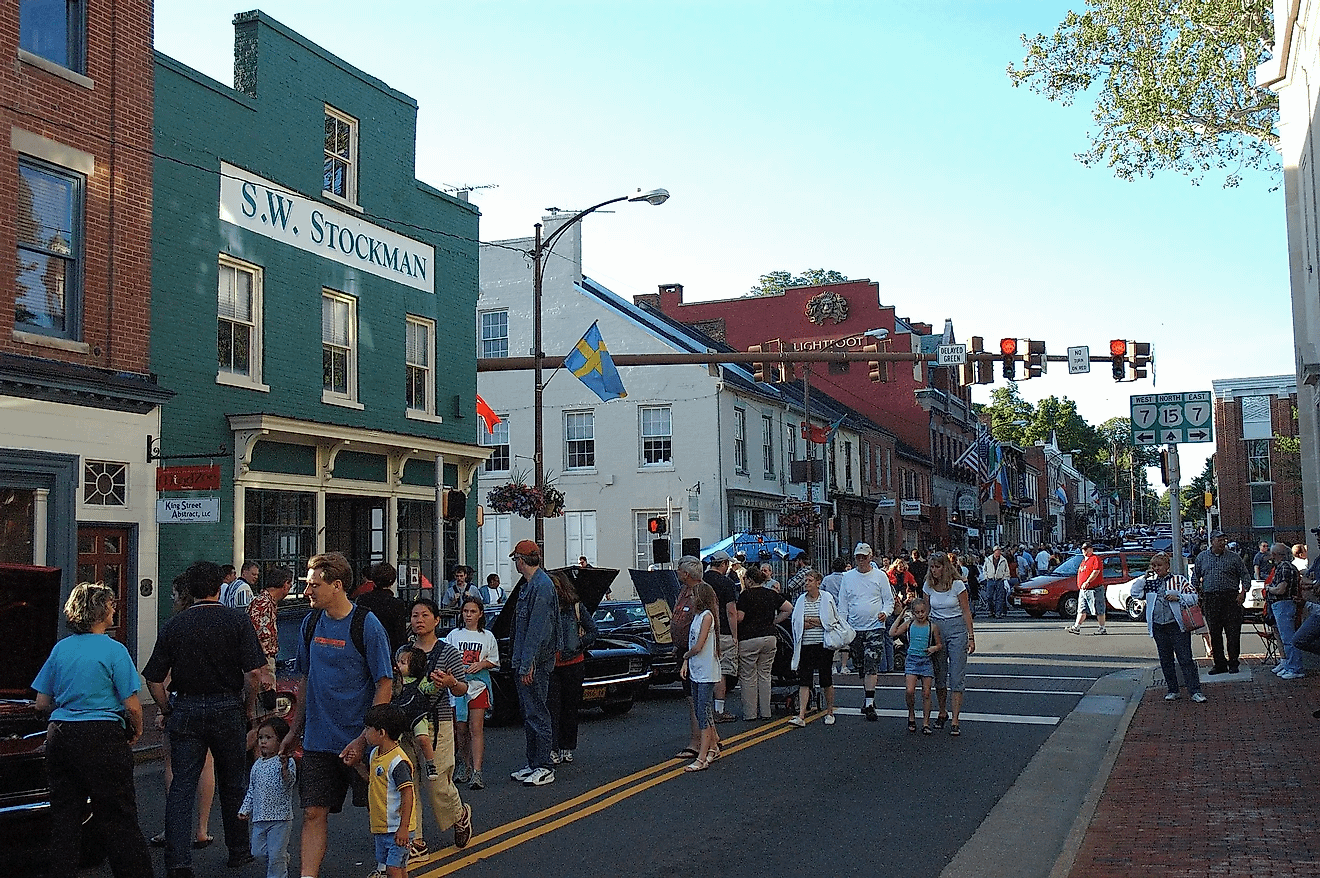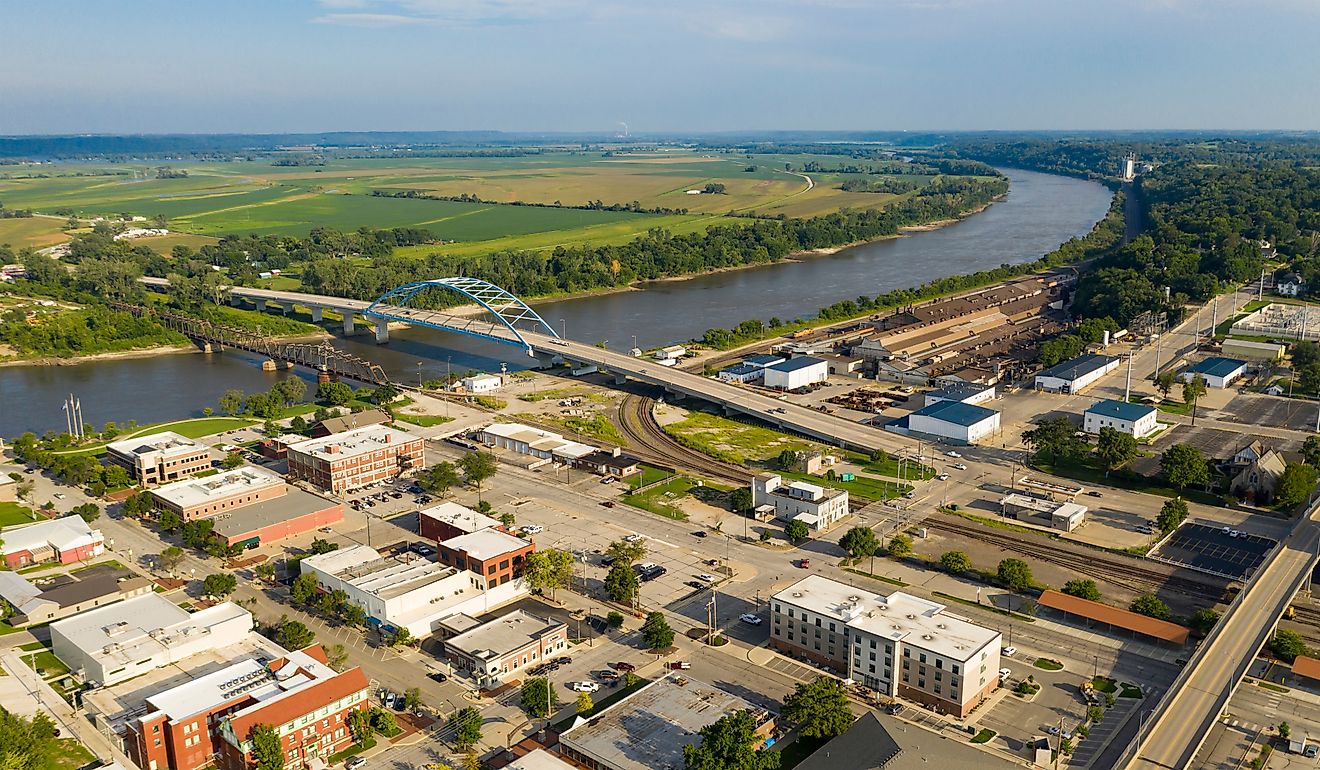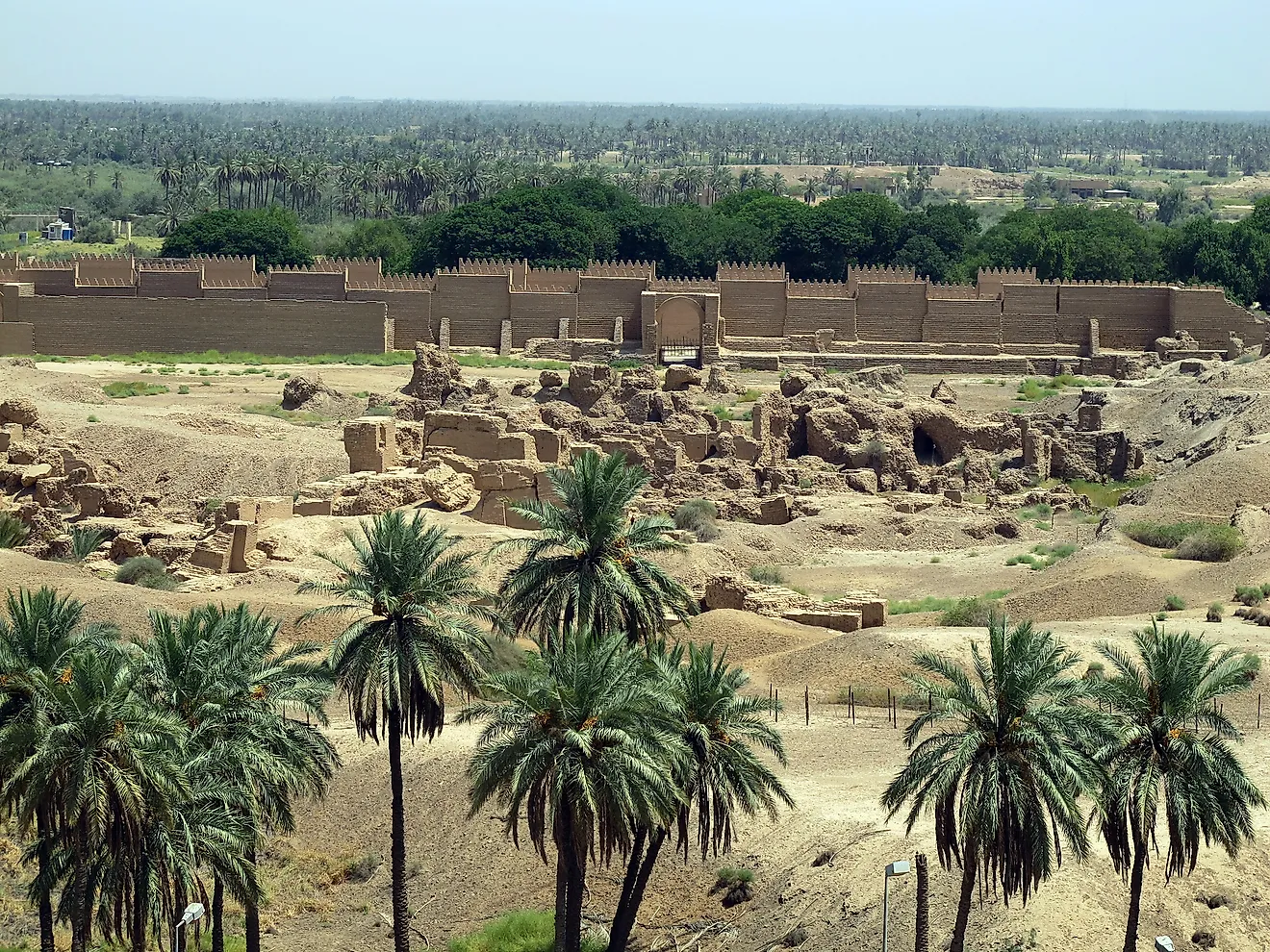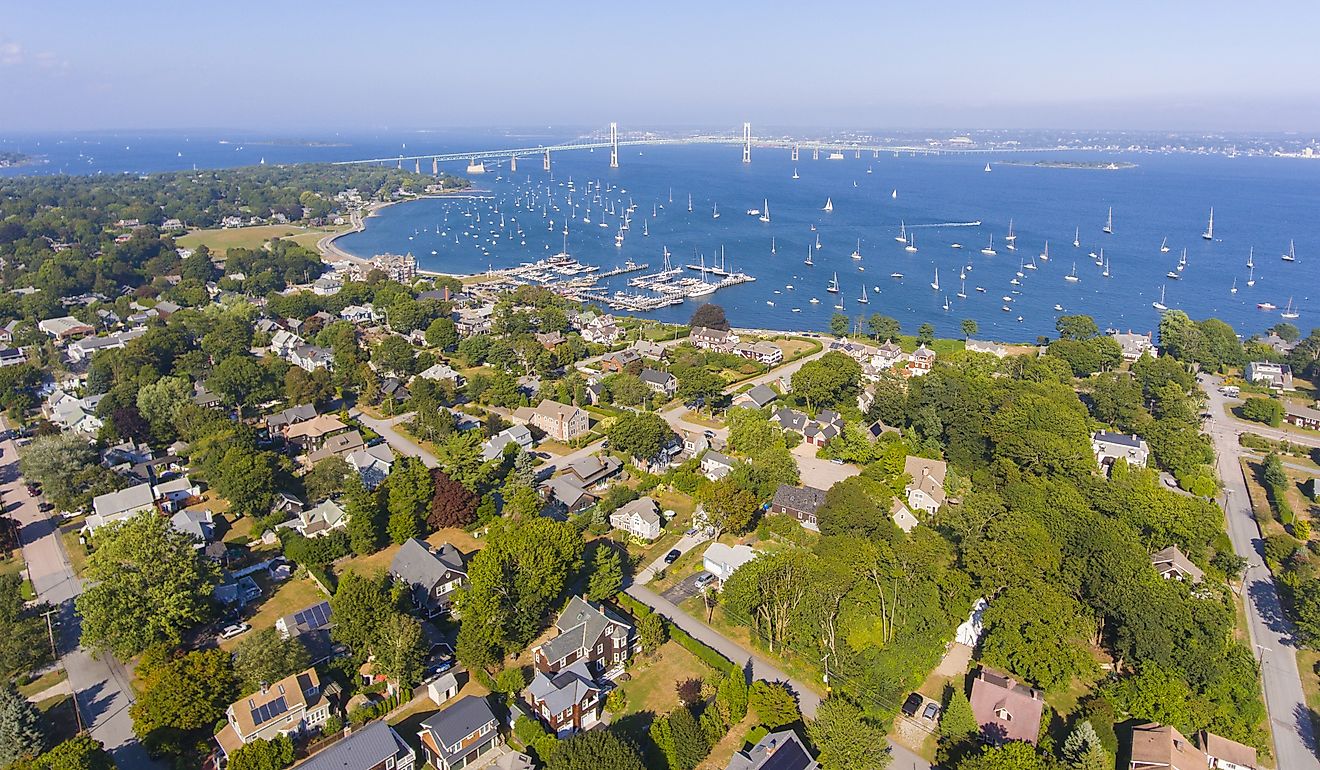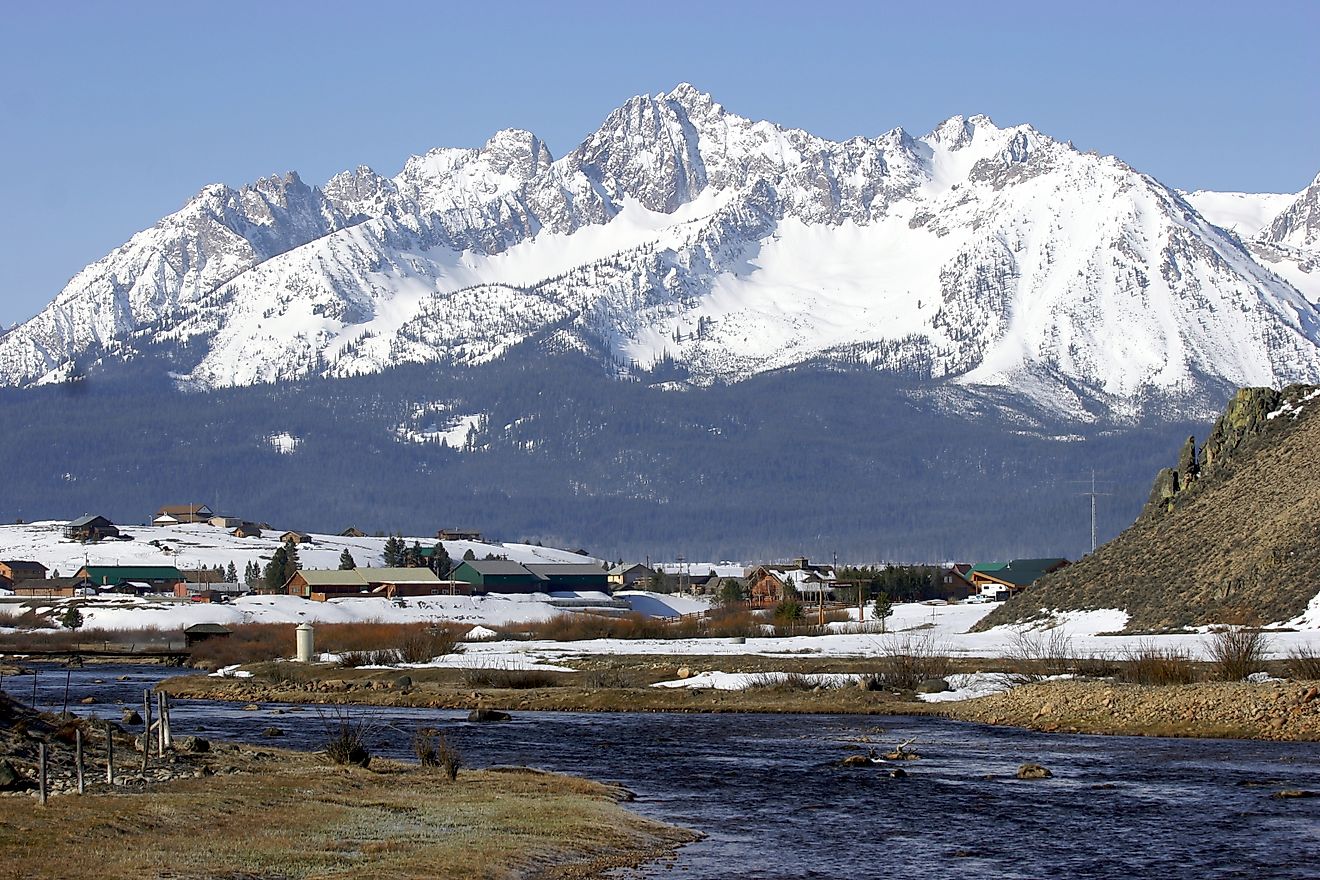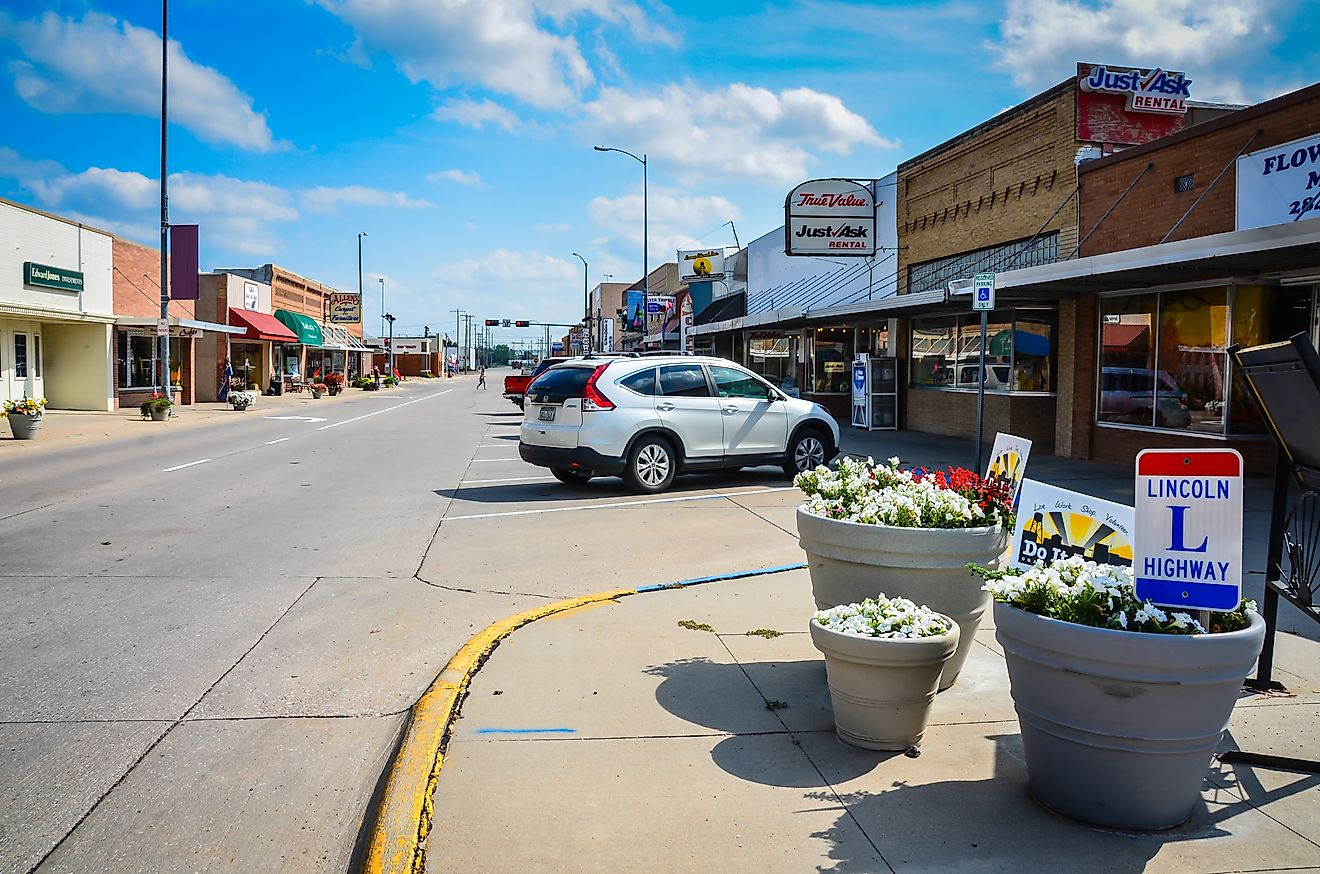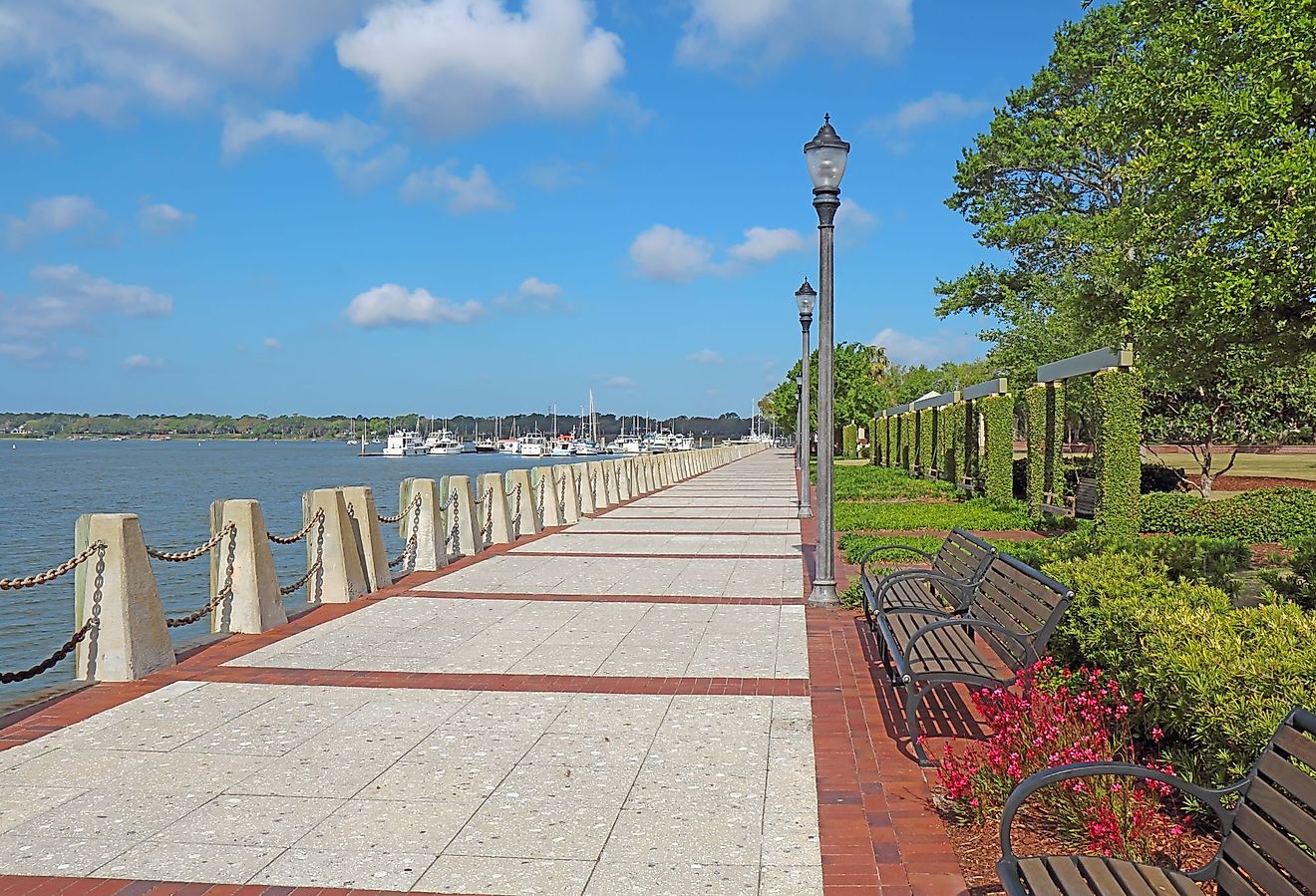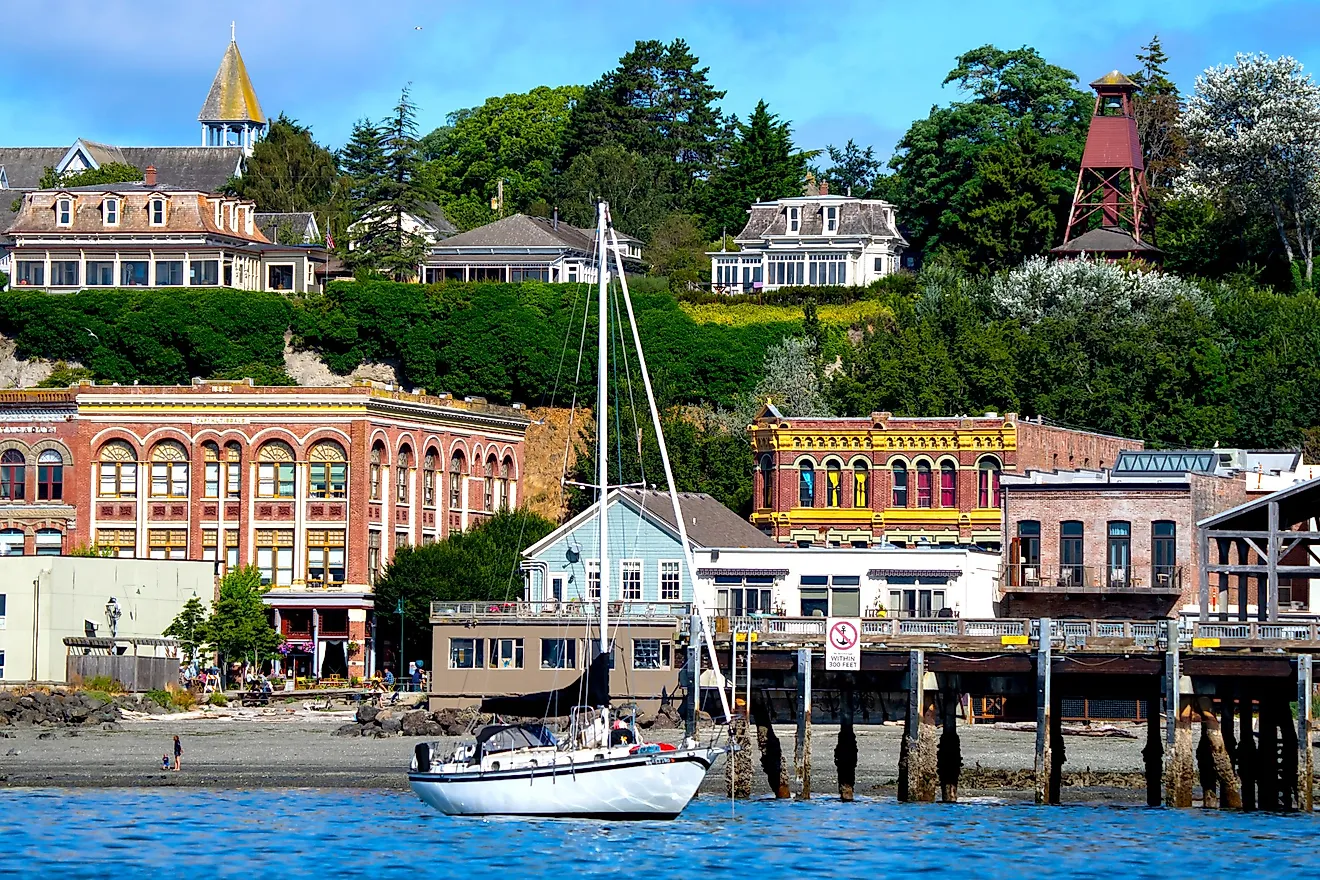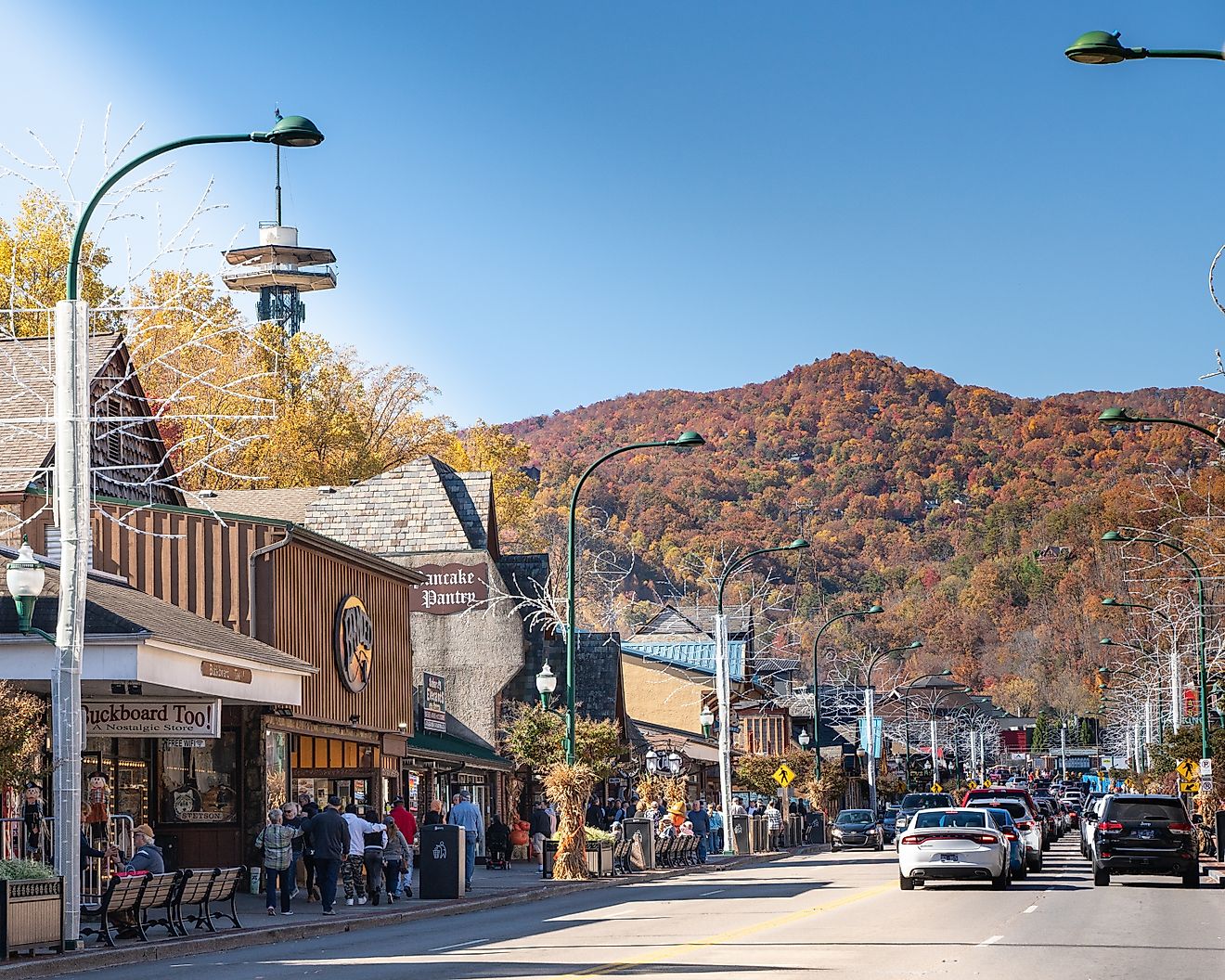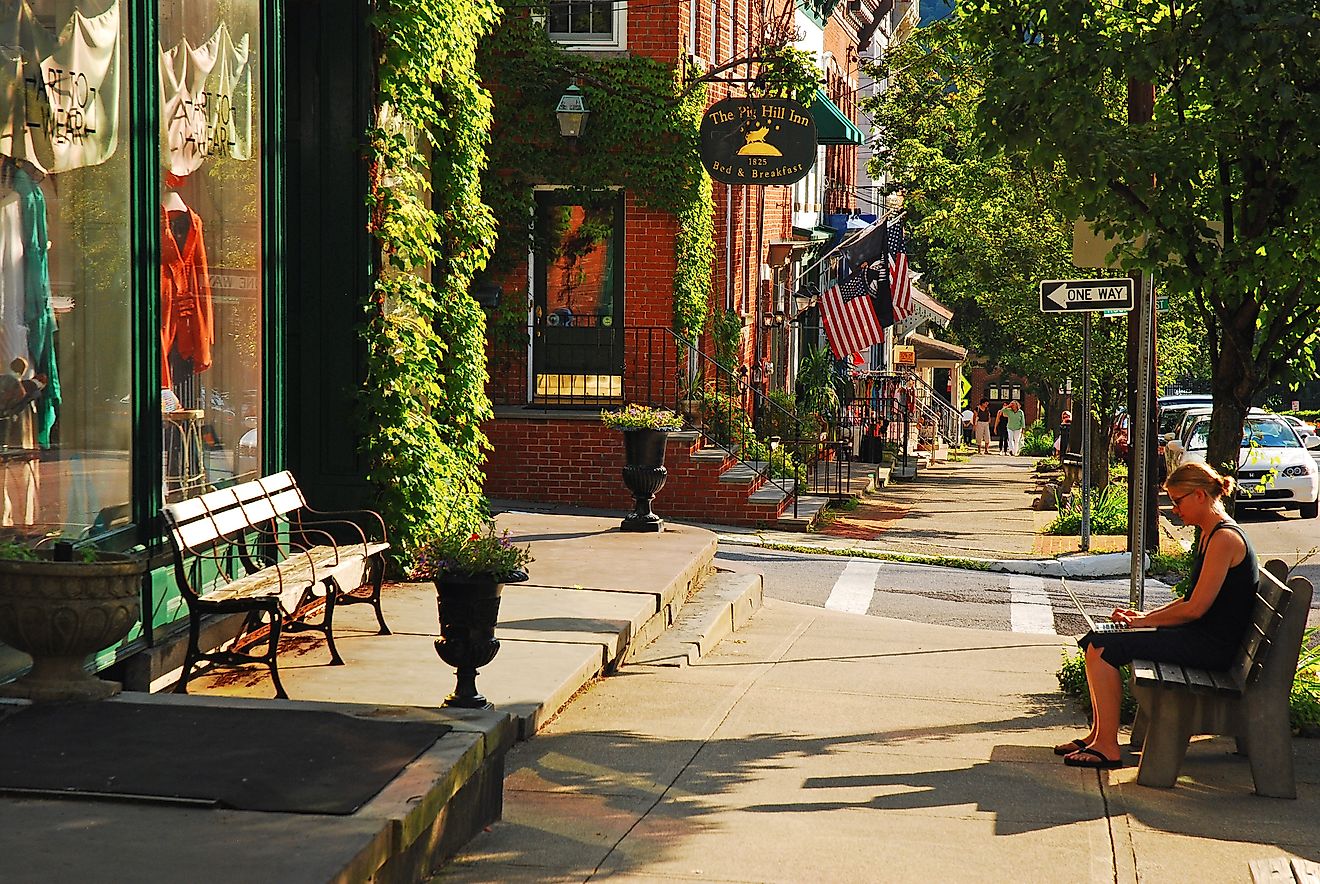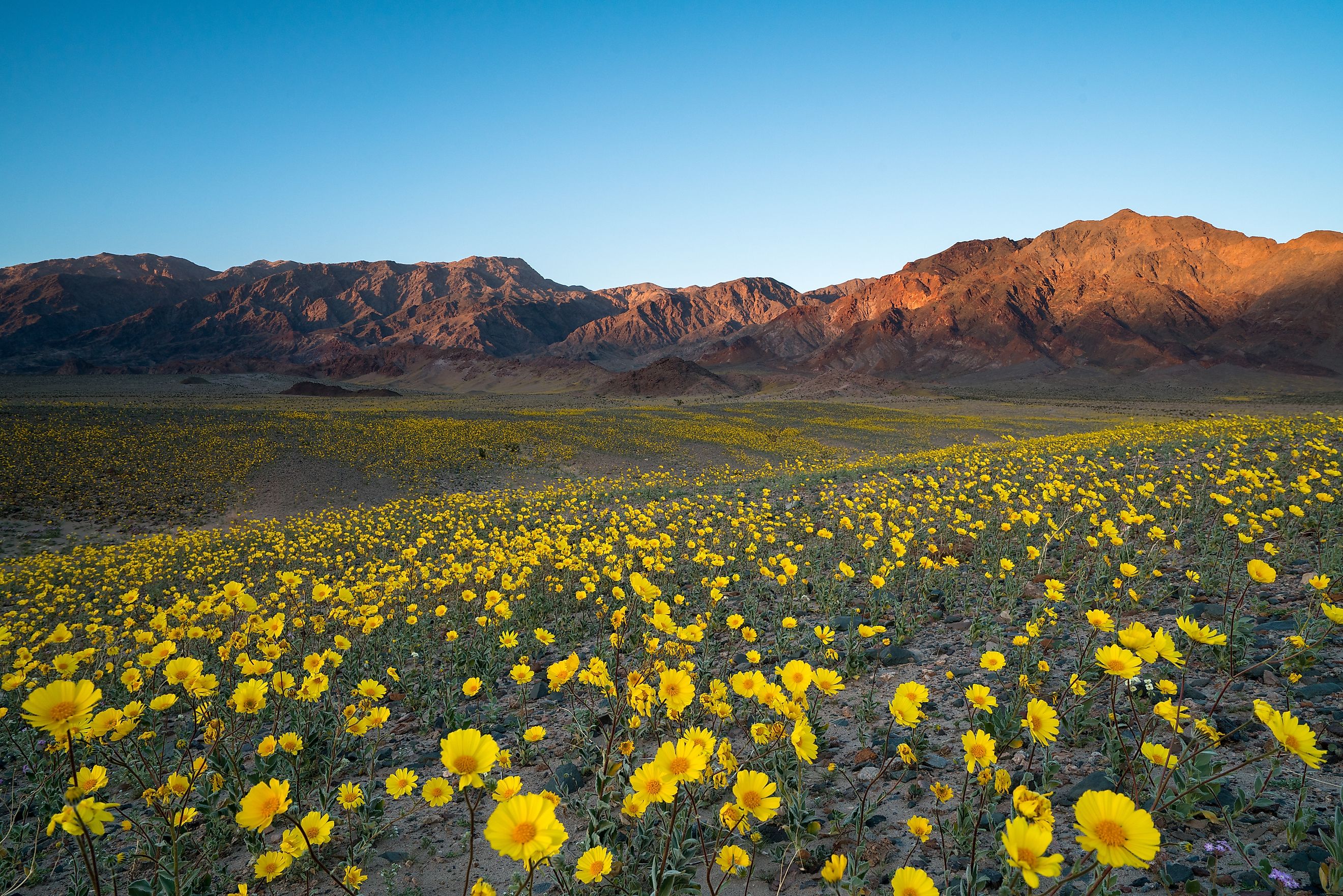
Death Valley National Park: Superbloom Transforms Earth’s Hottest Desert Stage
Believe it or not, Death Valley has a national park, and it's the largest within the contiguous United States. One might expect from the name that nothing grows or lives here, but that assumption would be wrong - dead wrong. In fact, within Death Valley National Park, there are wildflowers that lay in hiding until the right conditions are met to lead to a superbloom, which transforms the scorched landscape into a wildflower paradise. Read all about this fascinating park and its stunning natural phenomena below.
Historical Background
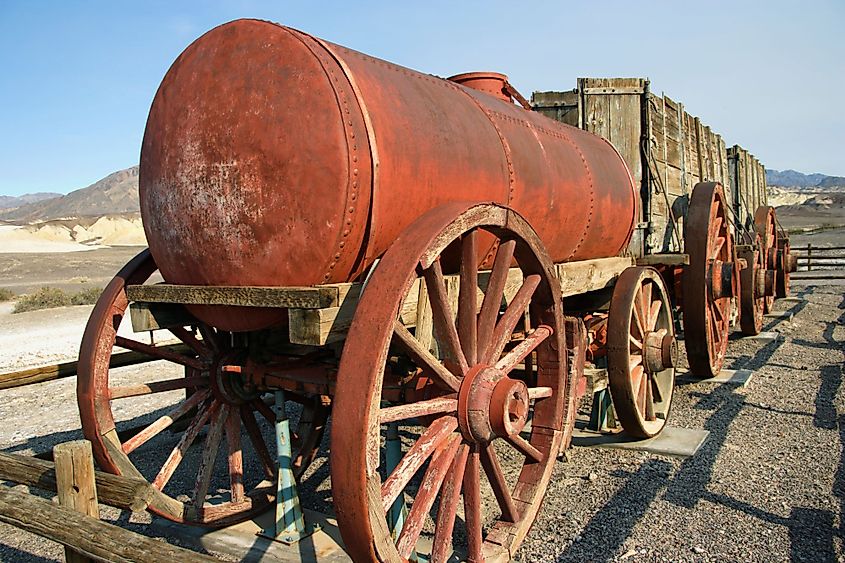
Death Valley National Park is located along the border between California and Nevada and is named for Death Valley itself, one of the hottest places on the planet due to its low elevation and the towering mountains of the Panamint and Amargosa Ranges, which create an effect like that of a convection oven. In fact, the area holds the distinction of having the hottest air temperature ever recorded on Earth, at 134° F (57° C) on July 10, 1913. Apart from Death Valley and the Panamint Valley, the national park also includes sections of the Saline, Eureka, and Greenwater valleys.
Death Valley as we know it began to form around three million years ago, as the earth's crust shifted and caused the valley to slip down below sea level, leading to a diverse landscape of high mountains and incredibly low valleys. Death Valley was not always such a hot spot, however. The earliest human groups, such as the Nevares Spring People and Mesquite Flat People, settled around some of the lakes within a more hospitable Death Valley a few thousand years ago. The Saratoga Spring People are also known to have lived in Death Valley, though likely after it had dried up, as well as the Timbisha, who are thought to have migrated between the mountains in the summer and the valley in winter.
The first Europeans to arrive came during the California Gold Rush in 1849, when prospectors and hopefuls treked across the unforgiving landscape and recorded their oftentimes harrowing experiences. William Lewis Manly's Death Valley in '49 is one such account that brought attention to the region. Later, explorers would also discover a variety of ores in the area, such as salts, borate, and talc, and would set up mining operations. There was also a short-lived boom when gold was discovered in 1903, but by 1907 things had slowed considerably and the mining industry gave way to a rise in tourism. In 1933, President Herbert Hoover declared a national monument in Death Valley, and the Civilian Conservation Corps began the construction of roads, trails, buildings, and other accommodations.
Despite President Hoover's initiative, the park proper was not officially founded until much later in 1994, when 1.3 million acres was added to the monument and the area was declared a national park. One reason it took so long for this transition was that many Americans were uninterested in traveling to the desert. Fortunately, that perception is changing due to increased knowledge of Death Valley's rich landscapes… and life.
Natural Landmarks
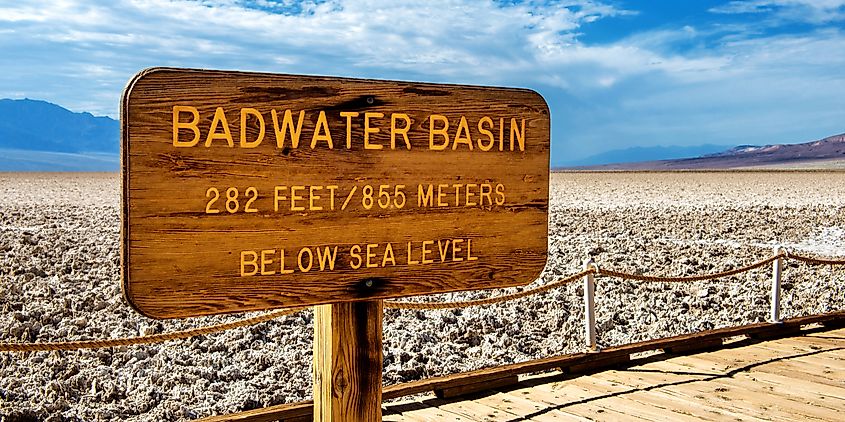
Of all the landmarks in Death Valley, the most well known and visited is Badwater Basin. At 282 feet below sea level, it's the lowest point in North America. Lake Manly existed here prior to evaporating, leaving behind large salt deposits. These salt flats create a unique and captivating pattern on the ground, which draws the attention of tourists with an interest in geology. The park also has its fair share of dramatic features, including Mosaic Canyon. Flooding throughout the ages has crafted smooth canyon walls that are a favorite among hikers. Sidewinder Canyon is another popular destination within the park, with lots of tight crevices and rugged terrain.
As Death Valley is a desert, it also has sand dunes. They are formed by sand being blown and trapped within the surrounding topography, creating mounds. The Mesquite Flat Dunes cover a fast amount of land in the park and include three types: crescent, linear, and star shaped. The shape varies depending on wind patterns. On the Mesquite Flat Dunes in particular, Mesquite trees grow quite abundantly and create small ridges that provide habitats for animals living in this harsh wilderness.
Unique Features
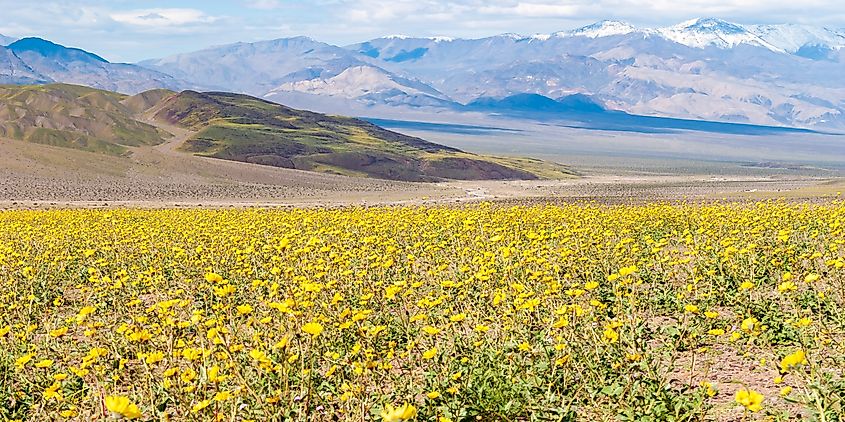
Death Valley is no ordinary desert, and it surprises even the most well-seasoned traveler, particularly when superblooms transform the landscape, bringing a burst of life to the valley floor. The most recent major supberloom occurred in 2016 following a series of unusual storms in October followed by a period of rain, which led to one of the biggest wildflower blooms in decades. While there is typically a window during the year in which wildflowers do grow, these large-scale events that take just the right conditions, including significant rainfall without drying winds. The flowers bloom during the spring for a short time and then remain dormant in the ground as seeds, waiting for their moment to really shine. Due to the varying nature of wildflowers in Deah Valley, those who want to see them should check the National Park Service website for predictions and updates.
These flowers aren't the only unique sight in Death Valley, however. There's also a strange mystery of rocks that move, known as the sailing stones. While no one claims to have actually seen them in motion, these stones, which vary significantly in size, have left trails in the earth, some as long as 1,500 feet. As to what causes this movement, there's no official explanation, but a series of time-lapse photography taken in 2014 has led to one theory having to do, once again, with rain. The idea is that strong bursts of rain, followed by freezing overnight, thawing during the day, and sufficient wind pushes these rocks along the earth, which, over time, can create quite a large trail.
Things To Do
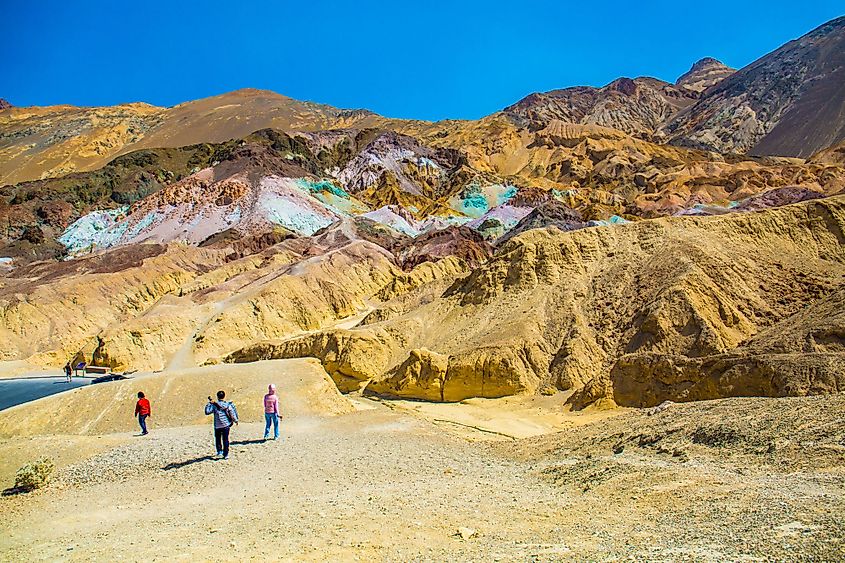
There's an abundance of trails and scenic drives that will lead you to truly astonishing places in Death Valley National Park. One such place is the Artists Palette. These hills have an abundance of colors such as blue, pink, green, red and orange that were formed by volcanic deposits from millions of years ago. The scenic loop will enchant you, and there are a few pull-off points to get out and walk alongside these hills. The best time to go is during sunrise or sunset, when the changing light and moving shadows add depth and drama to the stunning scene. Hikers can also explore several trails through unique landscapes such as the historic Harmony Borax Works, where it all began, or Natural Bridge, a geologic formation that spans across the canyon floor. Both of these are rated as easy hikes.
For those who are feeling a bit brave and like to live on the edge, the Ubehebe Crater Loop is just the thing to do. This moderate trail up and along a crater formed by a volcanic eruption requires some caution, due to an abundance of loose rock and steep banks. Other trails in the park are as difficult or easy as you want them to be, such as Golden Canyon. An easy to moderate hike takes you up through the Golden Canyon walls themselves, but the trail connects to other points and destinations, including Red Cathedral and Gower Gulch, from which you can hike up to Zabriskie Point, the most photographed spot in Death Valley.
If you're looking to camp, it's best to come during the Winter or Spring when temperatures are a bit more comfortable. Furnace Creek Campground and Texas Springs fill up quickly, but Sunset Campground is much larger and usually has spots available at all times. The wildflowers themselves can be found in a variety of places depending on the season and elevation. From February and April, Jubilee Pass is a good bet at lower elevations, while at higher elevations from April to May, it's best to head into the Panamint Mountains.
There's more to this place than meets the eye. This is not simply a barren desert, but rather a rich, ecologically-diverse natural wonder. After all, superblooms are proof that life can flourish just about anywhere. Visitors to Death Valley National Park will be treated to a wide range of landmarks and scenic vistas, from the wildflowers themselves, to the colorful hills of the Artists Palette and the shifting shapes of Mesquite Flat Dunes. There is a wealth of history and no shortage of scientific phenomena. The amount of life and vitality within the boundaries of Death Valley National Park comes as a pleasant and fascinating surprise.
